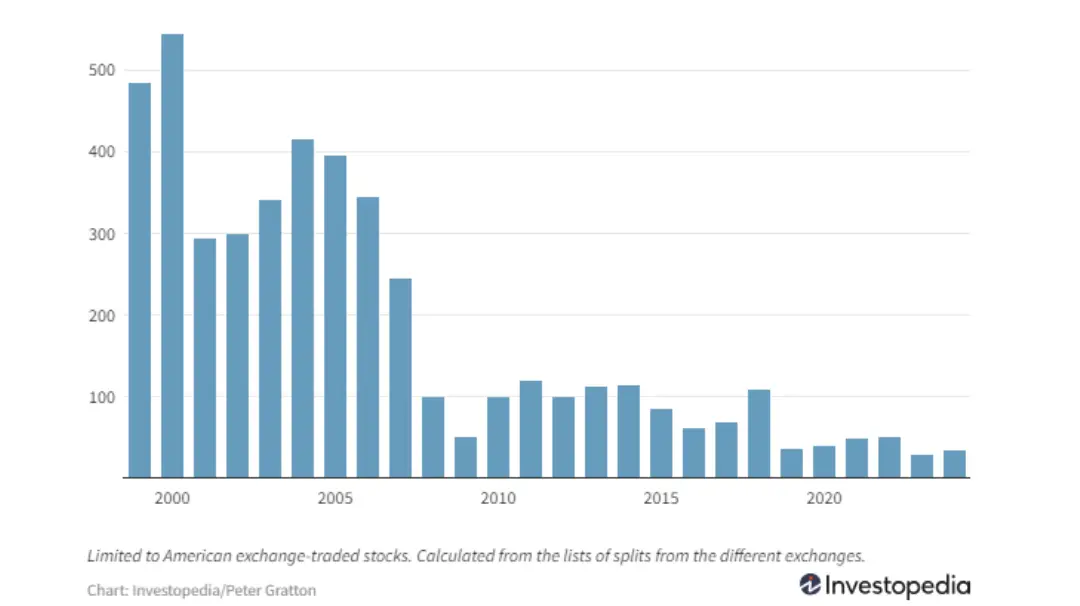Some of the market’s biggest names are doing it again splitting their stocks. In 2025, companies like Alphabet, AMD, and ASML have announced or completed stock splits, signaling renewed confidence and a strategic play to attract more retail investors.
What Is a Stock Split?
A stock split increases the number of shares while reducing the price per share proportionally. For example, in a 2-for-1 split, shareholders get two shares for every one they own but the total value stays the same.
Why Do Companies Do It?
- Accessibility: A lower share price can make a stock more affordable to individual investors.
- Liquidity Boost: More shares in circulation often lead to increased trading volume.
- Psychological Edge: A $150 stock feels cheaper than a $1,500 one even if fundamentals haven’t changed.
Recent Examples
- AMD performed a 3-for-1 split after a surge in AI chip demand pushed shares to record highs.
- Alphabet announced a 20-for-1 split, echoing its 2022 move, aiming to re-engage retail holders.
- ASML split its shares for the first time in over a decade, citing massive demand in the semiconductor sector.

Source says: Despite these changes, the total value of an investor's holdings remains constant. The decrease in the price per share precisely offsets the increase in the number of shares.
What Investors Should Know
Splits don’t change a company’s valuation but they can influence demand and sentiment. Post-split rallies are common, especially when timed with strong earnings or product news.
Risks and Realities
Not all stock splits lead to long-term gains. Without strong fundamentals, a lower price alone doesn’t create value. Investors should still evaluate revenue growth, margins, and outlook not just the ticker price.
Bottom Line
Stock splits are back in fashion not as a gimmick, but as part of a broader effort to democratize investing. For long-term investors, they’re a sign that confidence is high and momentum is strong.